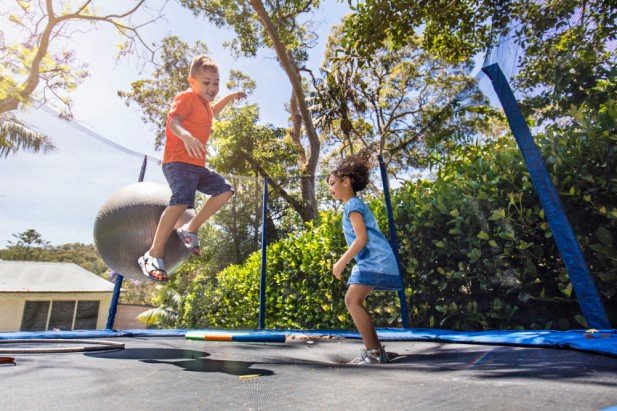Trampolines: How Bouncing Can Become Dangerous

My children’s eyes light up with excitement every time they see a trampoline. They are too young to understand that their parents are terrified of letting them participate in what appears as a fun and harmless activity.
Unfortunately, as a personal injury lawyer, I have seen first-hand the damage that a trampoline can cause to a person’s overall health and well-being. The facts are alarming. A Consumer Product Safety Review report found that there were nearly 110,000 American trampoline related injuries suffered in the year 2006 alone. Nearly 5,000 of those Americans injured in 2006 were either hospitalized or dead on arrival.
Trampoline injuries most commonly occur at home. For this reason, the American Academy Of Pediatrics recommends that parents never buy trampolines for their homes and never allow their children to bounce on someone else’s trampoline. The American Academy of Pediatricians makes this seemingly drastic recommendation because it cannot identify a way to prevent the risk of sustaining major injury.
As a parent, I recognize that it is almost impossible to put a protective bubble around my children. I know they will not give up on the idea of soaring as high as they can at their next opportunity to bounce on a trampoline. For those reasons I do not restrict them from going on a trampoline as long as they are doing so under the safest of circumstances. My children know they are not to try any sort of trick that will put them in the position to land upside-down. They know not to jump on a wet trampoline or one that is sitting on an uneven surface. They know not to jump on a trampoline that lacks padding around the springs or without the supervision of at least two adults acting as spotters. They also know not to jump on a trampoline at the same time as a friend or parent because of the risk that they will fall onto an uncovered surface or land awkwardly on the surface of the trampoline itself.
My children have now stopped asking their parents to buy a trampoline for their own use at home. However, if you are among the many parents with a home trampoline, it may surprise you to find out that you may not be insured for injuries that occur because of a trampoline accident. Many insurers exclude trampolines from coverage under a home insurance policy. This exclusion can leave a home owner vulnerable to having to use their personal assets to cover an injured person’s damages and legal costs.
For all of these and other reasons, it is important to take the time to educate yourself and your family about the risks involved with owning and using a trampoline.
